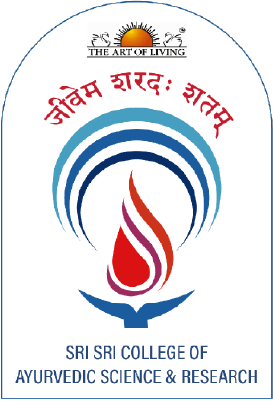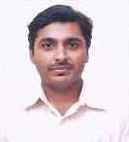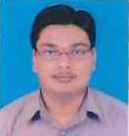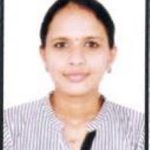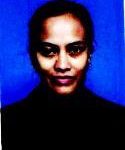Shareera Rachana
Shareera Rachana mainly deals with understanding Human Anatomy. Anatomy is a medical language that provides basic knowledge about the human body. It helps in clearing the fundamental concepts of the structural entity present in the human body. Today’s anatomists combine many technologies and techniques to discover more about animals and humans, thus advancing the field of medicine.
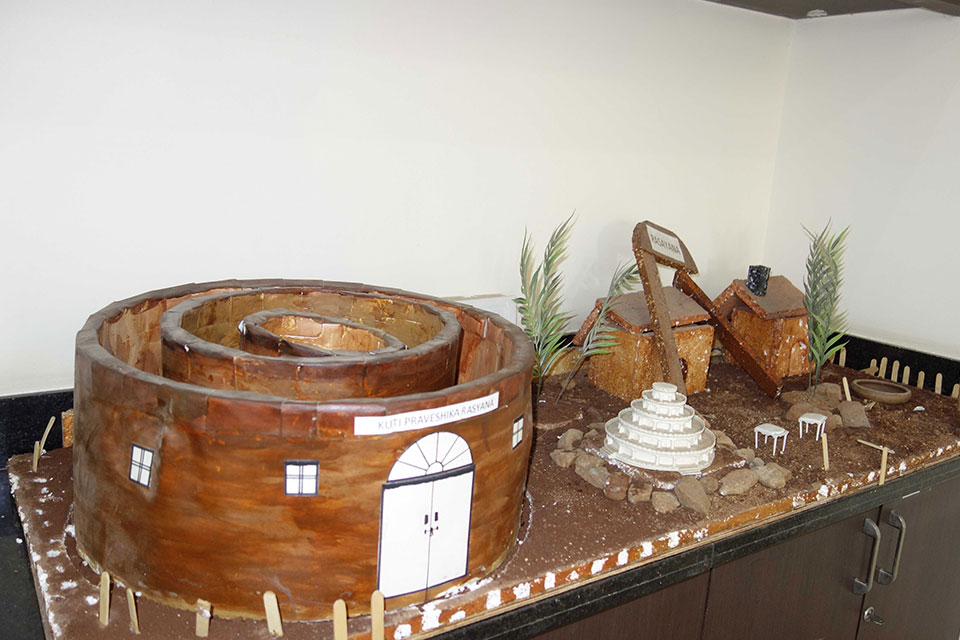
Other Departments
Knowledge of the anatomical structure of the body forms the base of understanding how both structure and function are modified by exercise or disease. It includes the study of various systems like the nervous system, cardiovascular system, lymphatic system, urinary system, reproductive system, and more of our human body which function together to maintain the internal equilibrium and thus maintain health. Knowledge about the anatomy of these systems supports the examination of a patient, the formation of a diagnosis, and communication of these findings to the patient and with other medical professionals.
Shareera Rachana deals with the study of the human body right from its formation and even after its cessation of activities. The subject Rachana Sharir is further classified into many headings like Garbha Shareera (Human Embryology and genetics), Role of Pancha-Mahabhuta on the human body, Marma shareera (Vital points of the human body), Koshthangas and Srothus (the various organ systems), Indriya Shareera (sensory organs), Pramana Shareera (Anthropometry), etc. Knowledge of Shareera Rachana is essential for a better understanding of the principles of Chikitsa.
The department of Rachana Sharir at SSCASR makes sure that the students are well versed in the theoretical and practical aspects of Shareera Rachana as well. The students are taught in an Audio-visual room with modern software applications on Human anatomy and presentations.
A vast spacious, properly ventilated Dissection hall that can accommodate 100 students at once, where the students are taught and perform dissection on the real human cadavers. This will further enhance their knowledge of the human body. Attached to the dissection hall, is a big museum that presently has 200 plus dry and wet specimens, many models, and charts for a better understanding of the Human body. Annex to the dissection hall is the cadaver storage and specimen preservation room which has 2 tanks that can store 10 cadavers at a time. The department also creates awareness among the mass regarding the importance of body donation.
Faculty
Sri Sri College
of Ayurvedic Science & Research
21st km, P. O. Udayapura,
Kanakpura Road, Bengaluru – 560082,
Karnataka, India.
Menu
Menu
